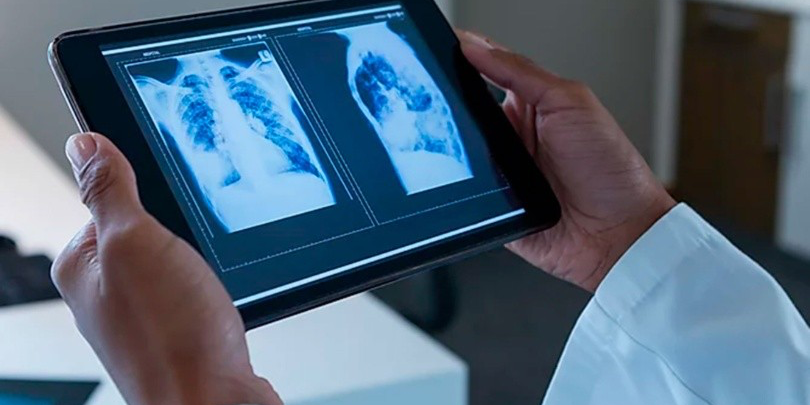Future in medicine: robots and intelligent learning

The WHO is planning an evaluation of its digital health strategy between 2020 and 2025 for the European region. Although there is a lack of internationally agreed measures, progress has been made in monitoring the digitalization of healthcare. Many hospitals around the world are digitizing, and looking for the best solutions to move forward with this system.
Hospitals are advancing in technology thanks to companies that are dedicated to improving the interface and intermediation between technology and the physician/patient. An example of this is Asensus Surgical, which uses data collection to improve pre-surgical, surgical, and post-surgical care. It also has robotic manipulation systems and augmented intelligence machine learning components. This software was used in Ecuador, a pioneer country in Latin America in using this system as an auxiliary, and was donated by Huawei to perform CT scans with higher resolution equipment and faster results. This contributed to the diagnosis of thousands of suspected cases of COVID per month thanks to the database with stored images of patients’ lesions worldwide. This connectivity network that was implemented, together with software, helps 12 hospitals to be connected to improve their results through a data channel. Thanks to the software developed by the Central University, it was possible to generate 3D images in each hospital, image interconnectivity and node centers.
In Spain, Capgemini, a French multinational technology consulting services company, together with the Multisystemic Diseases Group of the Ramón y Cajal Institute for Health Research (IRYCIS), developed a federated learning platform that allows hospitals to share Artificial Intelligence models. Thanks to this, a global model of radiography images for COVID-19 diagnostics was created, which enabled the improvement of local versions. These technological accelerations maintain patient data privacy through federated learning. Diagnostic accuracy has increased by a large percentage, thanks to the development of this learning.
Dr. Beatriz Gomez-Anson, Chief Clinical Officer and principal investigator at Hospital Sant Pau, argues that this project “shows the added value of AI tools to be implemented by Radiodiagnostic physicians”.
In a not too distant future, artificial intelligence will not only help in the diagnosis of images, and treatment of diseases such as cancer or Parkinson’s, but it will also be in the operating room assisting doctors. Or who knows? In the future, robots could be the next surgeons! The company TransEntrix is already developing its robots to improve minimally invasive surgery in conjunction with Senhance, seeking clinical leadership in this area.




